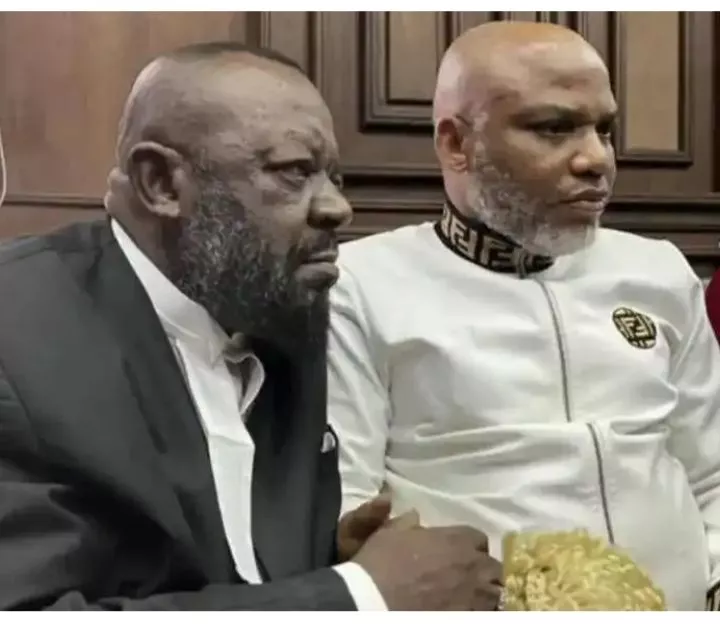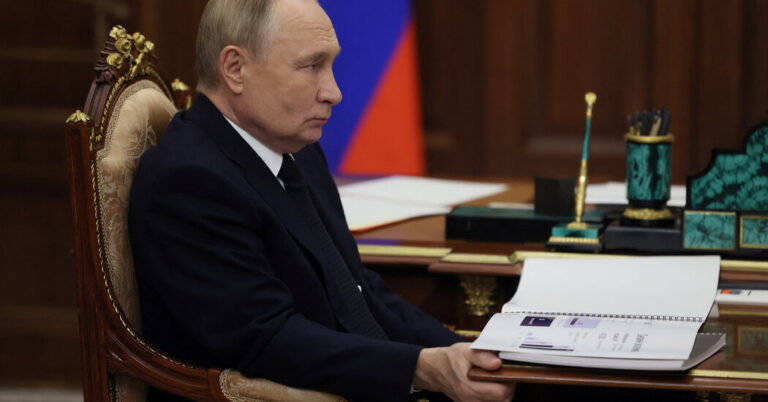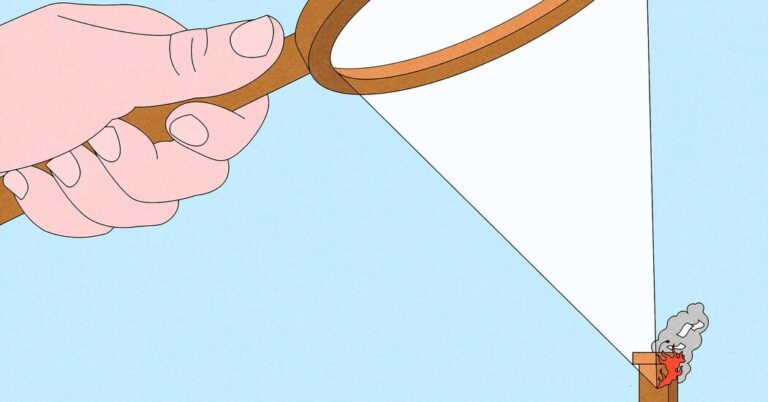
When I moved to America from Russia to join a biology lab at Harvard Medical School in 2023, it felt as if I found my dream job. America was a paradise for science. Everything was flourishing. There was freedom of discourse; conferences, seminars. It was nothing like the environment I had left behind in Russia, where international sanctions meant there weren’t enough supplies to do experiments and I once declined a job offer that was contingent on me no longer protesting the war in Ukraine. After I was arrested for taking part in a protest, I fled the country, knowing that I could not continue to live or work as a scientist there.
My background is in bioinformatics, a field that uses computational tools to understand biology. In my lab at Harvard, I worked with a microscope that we called NoRI (short for Normalized Raman Imaging). This microscope, which was created in our lab, is the only one like it in the world. What makes it unique is its ability to measure the chemical makeup of cells to an astonishing and novel degree of precision, offering new insights into disease and aging that could one day pave the way for healthier life spans and treatments for diseases like Alzheimer’s and cancer.
There is so much beauty in what we can learn through science, in how complicated life is, and in trying to understand how it works. It’s what motivates me to wake up every morning.
I haven’t been in my lab or worked with my microscope since February, when I was detained by U.S. Immigration and Customs Enforcement as I was returning to Boston from a vacation in France. At Logan International Airport, I did not complete a customs declaration for frog embryos (for use in our lab’s research) in my luggage. I’m told this would normally result in a warning or a fine. Instead, my visa was revoked and I was sent to a detention center in Louisiana, where I have spent the past three months with roughly 100 other women. We share one room with dormitory-style beds.
I’m used to spending up to 12 hours a day in the lab, talking with colleagues about tricky scientific questions and fine-tuning the algorithms used for NoRI. At the detention center, there is no access to computers and six phones are shared among all of us. The calls cost $5 for 15 minutes, at which point they cut off. It’s constantly noisy and cold. Fortunately, my beautiful colleagues have mailed me academic articles and books (I’m reading a wonderful one now about biochemistry called “Transformer” that I recommend to everyone).
I’ve asked a colleague to share some of the images from NoRI with The Times. Maybe if people see them, they will understand why I want to get back to work. Until now, no one outside our lab has seen these images, which are of tissue samples taken from mice and rats that we hope will provide greater understanding of how organs age and diseases develop in the body.
A traditional light microscope, like one you might find in a high school biology class, works by shining light through lenses to magnify a sample.
Our microscope is different. It takes advantage of the fact that each type of molecule has its own unique frequency of vibration. If we pass a specialized laser through a sample, we can measure how it interacts with these vibrations and generate a detailed image that shows the kinds of molecules inside.
Because of the way our microscope works, we don’t have to use dyes that can make samples more visible but commonly damage them. That may seem like a minor point, but it’s utterly revolutionary. Take lipids, types of fat in the body. It’s almost impossible to study lipids through traditional microscopes because they are so easily destroyed while preparing the sample.
The accumulation of fat in tissues plays a crucial role in diabetes, heart disease, kidney disease and cancers. The fact that scientists haven’t been able to measure lipids accurately before now has made it harder to understand these diseases. With NoRI, our lab is uncovering new hallmarks of diseases, learning about the role of lipids and cholesterol in cancer development and gaining new knowledge about cells in the brain and the development of Alzheimer’s disease.
Our next project with NoRI — which we started just before I was detained — is to use the microscope to produce what we are calling an “atlas of aging.” Everyone takes aging for granted and knows the signs of it, but no one really understands why it happens. At our Harvard lab, we plan to analyze many different samples of organs at different ages to understand how each organ changes over time. Images of kidneys from young and old rats have revealed new features of how kidneys age. The goal is to use these discoveries to improve the quality of life of older people.
My colleagues tell me that since my detention, the work with NoRI has ground to a halt. Without me there to help, the lab has been unable to analyze the image data that the microscope generates.
The political environment in Russia made it hard to do science because everything was unpredictable. The war in Ukraine affected scientists’ ability to get funding and materials; we worried that our male colleagues might be conscripted. That type of uncertainty is incompatible with science, which requires the ability to plan what type of experiments and research you will do a year into the future. I fear that if I return to Russia I will be arrested.
I am hesitant to comment broadly on what it’s like for scientists now in America because I have only limited information about what is going on outside of this detention center. What I do know is that my colleagues, many of whom are, like me, foreign scientists, are terrified of being detained or having their visa status revoked.
On Wednesday a federal judge in Vermont will hear a petition challenging my detention. I am not able to attend the hearing, but my lawyer, as well as colleagues and friends, will be there.
During my time in detention I have been learning about immigration in America. I’m meeting all sorts of people with unique stories. One young woman here in ICE detention has been in the United States for more than a dozen years; her fiancée is an American citizen, but her next court date, in which she could finally be released on parole, is not until October. Another woman, who was seeking political asylum, was just deported; her daughter has legal status in America, and they don’t know when or if they’ll meet again. The people I’ve spent time with are not dangerous criminals. They are friendly, kind people.
I hope that the judge rules Wednesday that I can be released, so I can return to my lab. There is a data set that I’m halfway finished analyzing. I want to go home and finish it.
Kseniia Petrova is a Russian scientist who specializes in using computational tools to conduct biomedical research.
NoRI images courtesy of Seungeun Oh, Kseniia Petrova and William Trim.
The Times is committed to publishing a diversity of letters to the editor. We’d like to hear what you think about this or any of our articles. Here are some tips. And here’s our email: letters@nytimes.com.
Follow the New York Times Opinion section on Facebook, Instagram, TikTok, Bluesky, WhatsApp and Threads.




